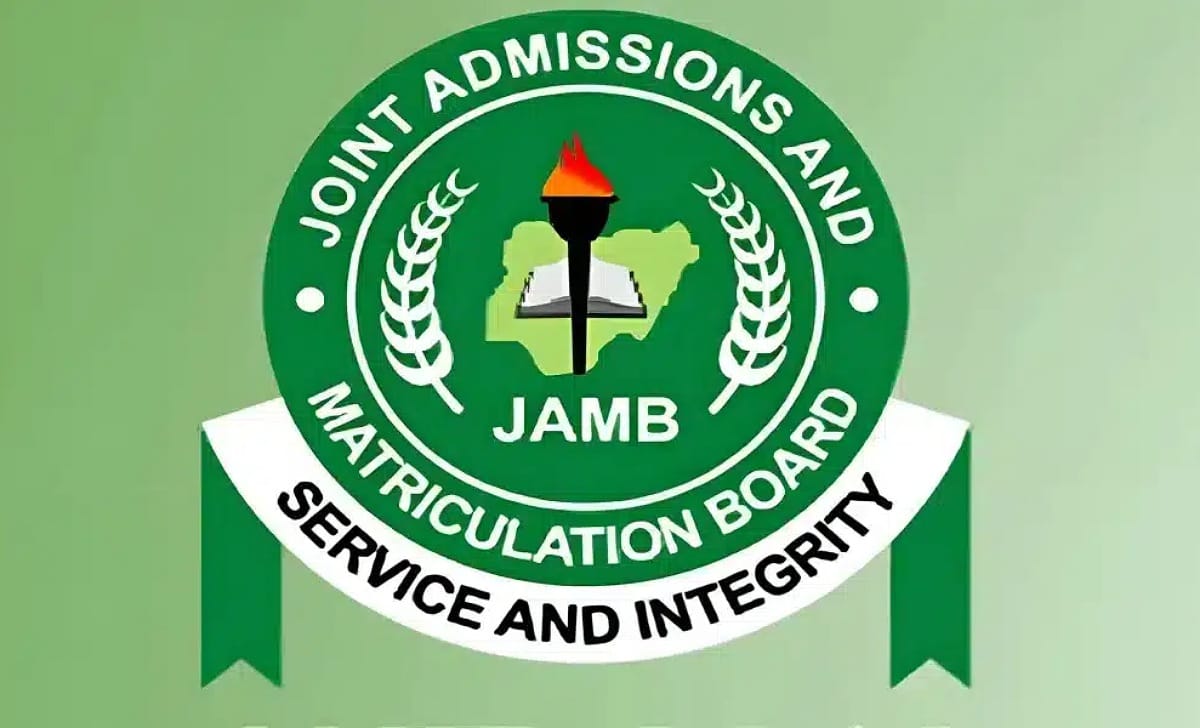As the academic year progresses, students everywhere are making crucial decisions about their educational future. One of the most critical aspects of this process is the “change of institution” option.
Whether you’re seeking a better academic fit, closer proximity to home, or a different course offering, knowing the change of institution closing date for 2024 is essential to making this transition smoothly.
In this comprehensive guide, we’ll delve into everything you need to know about the change of institution closing.
Missing this deadline could mean waiting an entire year to make the change you need, so let’s ensure you’re well-prepared.
What is the Change of Institution Process?
The change of institution process allows students to transfer from one educational institution to another.
This process is particularly common for those who may have reconsidered their initial choice of university or college after gaining admission.
Understanding the importance of the change of institution closing date is critical because it’s the final opportunity to make such a move for the upcoming academic year.
Institutions typically set their own deadlines for accepting transfer requests, which means the change of institution closing date may vary depending on where you’re transferring from or to.
However, being aware of general deadlines and specific dates for your desired institution can save you from missing out on the chance to switch.
Why Is Knowing the Change of Institution Closing Date 2024 Crucial?
Deadlines are non-negotiable. The change of institution closing date 2024 is the cut-off point for students wishing to transfer to a different university or college for the upcoming academic session.
Missing this date could lead to significant consequences, including the loss of a place in a more suitable program or institution.
Timely action is vital. The earlier you start the transfer process, the more time you have to gather necessary documents, get academic records in order, and secure a spot at your new institution.
Therefore, keeping an eye on the change of institution closing date 2024 should be a top priority for any student considering a move.
Change of Institution Closing Date 2024
JAMB Announces New Deadline for Correction of Data: October 31st, 2024
In a significant move to streamline the upcoming Joint Admissions and Matriculation Board (JAMB) process, the board has officially set the deadline for the correction of personal or academic data to October 31st, 2024.
This decision was made during the recent JAMB policy meeting and is intended to give candidates ample time to prepare for the 2025 JAMB examination.
This new deadline applies to all corrections, including those related to names, date of birth, state of origin, gender, and academic details.
It’s a crucial update for all candidates, as failure to make the necessary corrections before this date could impact their eligibility or participation in the upcoming JAMB exams.
JAMB’s decision to set the correction deadline early is aimed at ensuring a smooth and error-free registration process for the 2025 exercise.
Candidates are strongly advised to take immediate action to review their data and make any necessary corrections well before the October 31st, 2024, deadline.
How much is the change of institution in JAMB 2024?
The cost for changing institutions or making corrections through the Joint Admissions and Matriculation Board (JAMB) is typically around ₦3,500.
This fee applies to corrections such as changing your institution or course, as well as updating personal details like names or date of birth.
However, fees can vary slightly depending on where you process the payment, such as through accredited centers or banks.
It’s important to confirm the exact amount and the process from JAMB’s official website or accredited centers, as policies and fees may be updated periodically.
Common Mistakes Students Make Regarding the Change of Institution Closing Date
One of the most common mistakes is assuming that the change of institution closing date is the same across all institutions.
Each university or college has its own set of deadlines, and these can be influenced by various factors, including the popularity of programs, the number of applicants, and internal administrative schedules.
Another mistake is waiting too long to start the process. Procrastination can be costly. As the change of institution closing date 2024 approaches, competition for slots can become fierce.
Starting the application process early ensures that you’re not scrambling to meet the deadline or gathering documents at the last minute.
Additionally, students sometimes fail to consider all the requirements needed to complete a successful transfer.
This can include everything from recommendation letters to entrance exams. Being fully prepared well before the change of institution closing date 2024 will help you avoid these pitfalls.
Steps to Take Before the Change of Institution Closing Date 2024
1. Research Thoroughly: Before you decide to switch, research the institutions you are interested in.
Consider factors like program offerings, location, campus culture, and career prospects. Make sure the institution aligns with your academic and personal goals.
2. Contact the Admissions Office: Reach out to the admissions office of the institution you wish to transfer to.
Inquire about their specific change of institution closing date for 2024 and any additional requirements or steps needed for the transfer process.
3. Prepare Your Documents: Ensure that all necessary documents, such as transcripts, recommendation letters, and personal statements, are ready and in the required format.
Being prepared will allow you to submit your application as soon as possible.
4. Submit Your Application Early: Don’t wait until the last minute. Submitting your application well before the change of institution closing date increases your chances of acceptance and reduces stress.
5. Follow Up: After submitting your application, follow up with the admissions office to confirm that your documents have been received and your application is being processed.
This can prevent any last-minute issues from arising.
Consequences of Missing the Change of Institution Closing Date
Missing the change of institution closing date 2024 can have serious repercussions.
You might have to wait an entire academic year before you can transfer, which can delay your education and career plans.
Additionally, missing the deadline could result in financial implications, such as forfeiture of fees or losing out on scholarships tied to a specific institution.
Furthermore, your academic progress could be impacted if you’re stuck in a program or institution that doesn’t align with your career goals or learning preferences.
This makes it all the more important to take the change of institution closing date 2024 seriously and act promptly.
How To Do A Change Of Institution In JAMB
To do a change of institution in JAMB, follow these steps:
1. Visit the JAMB Portal: Go to the JAMB e-Facility portal at https://www.jamb.gov.ng.
2. Log in: Enter your JAMB email and password to access your dashboard.
3. Locate the ‘Correction of Data’ Option: Under your dashboard, find the ‘Correction of Data’ link.
4. Select Change of Institution: Choose ‘Change of Course/Institution’ from the options.
5. Make Payment: Pay the required fee for the change of institution via the payment options provided.
6. Fill in New Institution Details: After payment, enter your new institution details.
7. Submit and Print Confirmation: Submit your application and print the confirmation slip for reference.
Ensure that the institution you’re changing to accepts your JAMB score.
Final Thoughts on the Change of Institution Closing Date
The decision to change institutions is a significant one, and timing is everything. Understanding and respecting the change of institution closing date 2024 is crucial for making a smooth transition.
By following the steps outlined in this guide, you can ensure that you’re fully prepared to meet the deadline and take the next step in your educational journey.
Don’t let this opportunity pass you by. Mark the change of institution closing date 2024 in your calendar, gather your materials, and start the process today. Your future could depend on it!


![JAMB Subject Combination for Linguistics [year]/[nyear] 2 JAMB 5 4](https://sparobanks.com/wp-content/uploads/2025/01/JAMB-5-4-150x150.jpg)

Which institutions are still not close by now.